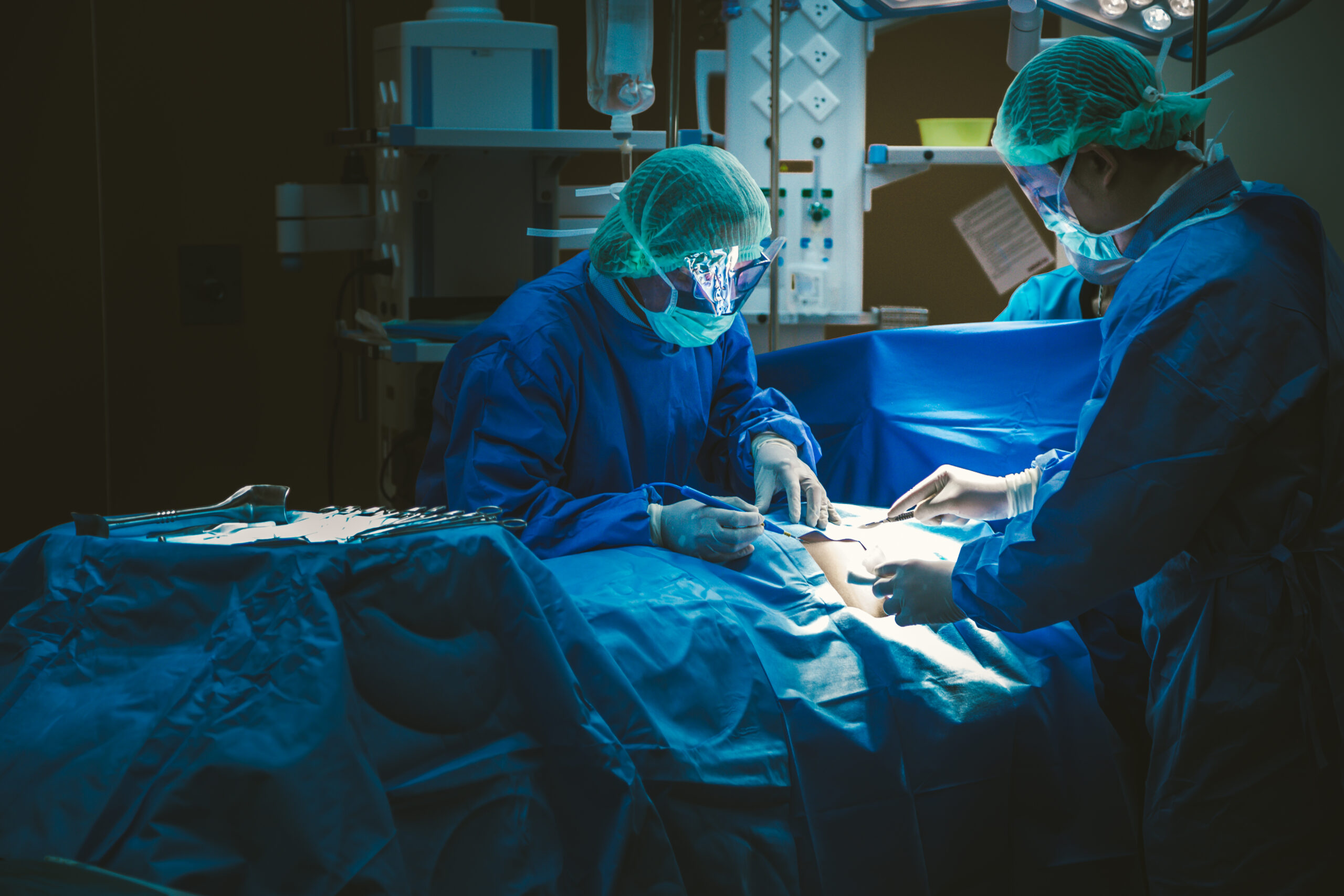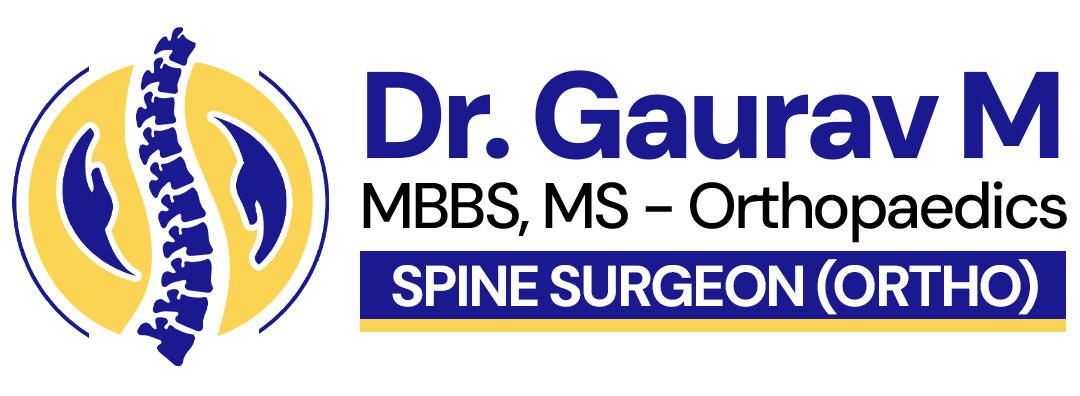Opening Hours
Mon to Sat
6:00 PM – 9:00 PM
Sunday
Closed
Relief Begins with the Right Care
Experience advanced spine and orthopaedic treatment tailored for you.
- Full Endoscopic Interlaminar / Transforaminal Discectomy
- Full Endoscopic Decompression for stenosis
- Full Endoscopic revision Discectomy
- Foraminoplasty
- Minimally invasive fixation for Spinal fractures
- Kyphoplasty and Vertebroplasty
- Anterior Cervical Discectomy and Fusion (ACDF)
- Transforaminal Lumbar Interbody Fusion (TLIF)
- Oblique lumbar interbody Fusion (OLIF)
- Minimally invasive Trans Kambin fusion surgery (OLLIF / KLIF)
- Full Endoscopic Fusion surgery
Spinal Surgery by Technique/Procedures: Advancing Care with Precision

The spine is one of the most complex and critical structures in the human body. When conditions like disc herniation, spinal stenosis, fractures, or instability arise, surgical intervention may be the key to restoring mobility, reducing pain, and preventing long-term complications. Today, patients have access to a variety of spinal surgery techniques and procedures tailored to their specific diagnosis, anatomy, and goals.
If you’re exploring options for Spinal Surgery in Rajajinagar, understanding the available techniques can help you make informed decisions. Modern advancements have made spine surgery safer, more precise, and far less invasive than ever before.
Why Technique Matters in Spinal Surgery
Every spinal condition is unique, and so is the surgical strategy required to treat it. While open surgeries remain necessary in some complex cases, the trend is toward minimally invasive and endoscopic techniques that reduce tissue trauma, shorten hospital stays, and improve recovery times.
Choosing the right technique depends on several factors:
- The location of the spinal pathology (cervical, thoracic, lumbar)
- The type of condition (disc herniation, stenosis, instability, tumor, fracture)
- The patient’s age, lifestyle, and medical history
- Surgeon expertise and technology availability
This is why it’s essential to consult with the Best Spine Surgeon in Bangalore, who can recommend the most effective and least invasive method possible.
Advanced Spinal Surgery Techniques & Procedures
1. Full Endoscopic Interlaminar / Transforaminal Discectomy
This technique involves the use of a high-definition endoscope to remove herniated disc material via a small incision. Interlaminar and transforaminal approaches are chosen based on disc position. This method reduces muscle damage and offers quicker recovery compared to open discectomy.
2. Full Endoscopic Decompression for Stenosis
In patients with spinal canal narrowing (stenosis), this minimally invasive technique uses an endoscope to remove thickened ligaments, bony overgrowths, and disc bulges causing nerve compression. It provides significant relief from leg or back pain with minimal disruption to surrounding tissues.
3. Full Endoscopic Revision Discectomy
This is a specialized procedure for patients who have recurrent disc herniation after previous surgery. Using endoscopic technology, surgeons can precisely remove the re-herniated fragment with minimal scar tissue disruption, reducing complications and enhancing outcomes.
4. Foraminoplasty
Foraminoplasty enlarges the foraminal space (the opening where nerves exit the spine) by trimming bone or soft tissue. This procedure relieves nerve compression caused by narrowing of the foramen and is often performed endoscopically.
5. Minimally Invasive Fixation for Spinal Fractures
This technique stabilizes fractured vertebrae using percutaneous screws and rods, avoiding large incisions. It’s ideal for traumatic or osteoporotic spinal fractures and offers faster recovery, reduced blood loss, and lower infection risk.
6. Kyphoplasty and Vertebroplasty
These procedures treat spinal compression fractures. In vertebroplasty, bone cement is injected to stabilize the fracture. In kyphoplasty, a balloon is inserted and inflated to restore vertebral height before cement insertion. Both reduce pain and prevent spinal deformity.
7. Anterior Cervical Discectomy and Fusion (ACDF)
ACDF is a standard procedure for cervical disc herniation or degenerative disc disease. The damaged disc is removed from the front of the neck, and a bone graft or cage is inserted, followed by plate fixation to encourage fusion and stability.
8. Transforaminal Lumbar Interbody Fusion (TLIF)
TLIF is a fusion surgery used to stabilize the lumbar spine and relieve nerve compression. The disc is removed via a transforaminal approach, and an interbody cage is inserted along with screws and rods for long-term stability.
9. Oblique Lumbar Interbody Fusion (OLIF)
OLIF is a minimally invasive lateral approach to fuse vertebrae. Accessing the spine at an oblique angle avoids major muscles and nerves, resulting in less pain, quicker recovery, and minimal blood loss. It’s ideal for treating spinal instability and deformities.
10. Minimally Invasive Trans Kambin Fusion Surgery (OLLIF / KLIF)
OLLIF (Oblique Lateral Lumbar Interbody Fusion via Kambin’s Triangle) uses a narrow corridor to access the disc space without cutting muscles. It allows for safe interbody fusion with a short hospital stay and reduced postoperative pain.
11. Full Endoscopic Fusion Surgery
This latest advancement uses endoscopic tools to perform spinal fusion through tiny incisions. It’s ideal for patients needing stabilization with minimal soft tissue trauma and is especially beneficial for elderly or high-risk individuals.
Trusted Spine Expertise in Rajajinagar
Choosing the right technique is just one part of the solution—finding a skilled and experienced surgeon is equally crucial. With advanced training in endoscopic, minimally invasive, and fusion techniques, Dr. Gaurav M provides comprehensive care tailored to each patient’s condition and goals.
Under the leadership of Dr. Gaurav M, patients receive the highest standards of spinal care, supported by modern diagnostics, a dedicated surgical team, and personalized rehabilitation.

